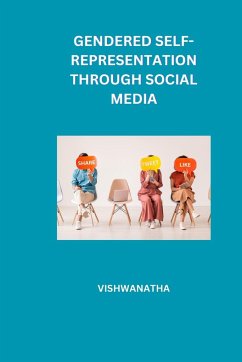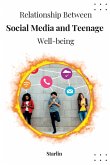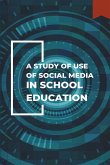Gendered self-representation through social media refers to the ways in which individuals use online platforms to express and construct their gender identities, often influenced by societal norms and expectations related to gender. It encompasses the various ways people present themselves, communicate, and engage with others on social media, taking into account the influence of cultural, social, and technological factors.In this digital age, social media platforms have become powerful tools for self-expression, enabling individuals to showcase their gender identities through carefully curated profiles, posts, and interactions. People can share personal stories, opinions, interests, and experiences related to their gender, shaping how they are perceived by others online. Gendered self-representation on social media encompasses a broad range of aspects, including appearance, language, interests, and activism, among others.Visual representations play a significant role in gendered self-presentation. Users often select profile pictures, share photos, or curate their feeds to reflect their gender identity or desired presentation. This may involve choices such as clothing, hairstyles, makeup, or posing, which can align with traditional gender norms or challenge them. For instance, individuals may present themselves in a more feminine or masculine manner, or they may explore androgynous or non-binary expressions of gender.Language also plays a crucial role in gendered self-representation on social media. Users can express their gender identities through the words they choose, the pronouns they prefer, and the tone of their messages. This may involve adopting specific linguistic styles, using gender-specific terms, or advocating for inclusive language. Furthermore, hashtags and community-specific terms can help individuals connect with like-minded individuals and participate in gender-related conversations and movements.Interests and activities showcased on social media can also contribute to gendered self-representation. People may share content related to hobbies, career aspirations, or social causes that align with their gender identities or challenge traditional gender roles. For example, individuals interested in fashion may share their styling choices, while others passionate about gender equality may engage in online activism and advocacy.Moreover, social media has provided a platform for marginalized gender identities to find community and support. Non-binary, transgender, and gender non-conforming individuals can use social media to connect with others who share similar experiences and navigate the challenges of self-discovery and acceptance. These platforms can also serve as a means for raising awareness, challenging stereotypes, and fostering understanding and inclusivity around gender diversity.







